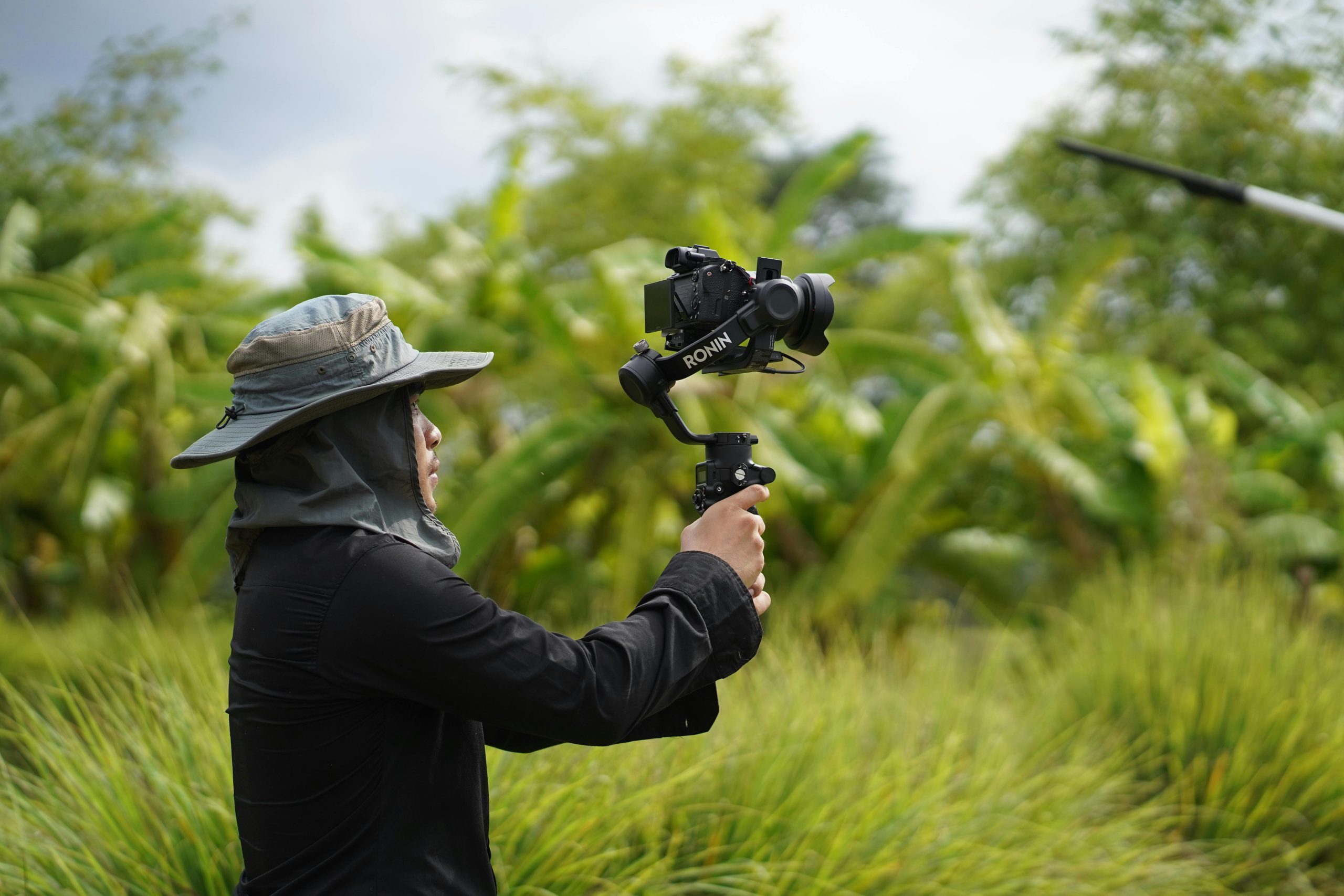In the modern digital landscape, video content reigns supreme as the most effective way for brands to communicate with their audience. A commercial videographer plays an essential role in this realm by turning abstract ideas and business objectives into visually captivating and emotionally resonant stories. At CBA Videography, based in Toronto, ON, we specialize in professional video production that helps companies of all sizes connect with their customers through powerful and polished visual storytelling.
This article explores the multifaceted role of a commercial videographer, detailing how they transform concepts into compelling content that drives brand success, builds trust, and boosts engagement. Whether you are a business owner, marketing manager, or creative director, understanding this process will help you appreciate the value a commercial videographer brings to your marketing strategy.
What Is a Commercial Videographer?
A commercial videographer is a professional specializing in creating videos intended for business and commercial use. Unlike casual videographers who may focus on personal events, commercial videographers understand the strategic importance of video as a marketing and communication tool. They combine creative vision, technical expertise, and storytelling skills to produce content tailored to business goals such as branding, advertising, training, or product launches.
The Commercial Videographer’s Unique Skill Set
- Creative Storytelling: Beyond capturing footage, they craft stories that resonate emotionally and intellectually with the target audience.
- Technical Mastery: They operate professional-grade cameras, lighting, sound equipment, and post-production software.
- Marketing Insight: Their work aligns with brand messaging and marketing objectives to maximize impact.
- Project Management: They oversee every stage of video production, ensuring smooth workflow and on-time delivery.
Step 1: Concept Development and Discovery
The transformation from concept to compelling content begins with deep discovery and planning. A commercial videographer engages in a comprehensive consultation with the client to understand their brand, goals, target audience, and key messages.
Understanding the Client’s Vision
This initial phase is critical because a video that does not align with the client’s vision and objectives will fail to deliver value. The videographer asks strategic questions:
- What is the primary purpose of the video? (e.g., brand awareness, sales conversion, internal training)
- Who is the target audience? (e.g., demographics, preferences, pain points)
- What is the desired emotional tone? (e.g., inspirational, educational, humorous)
- What channels will the video be distributed on? (e.g., website, social media, television)
Brainstorming and Creative Input
Based on client input, the commercial videographer proposes creative approaches. This may include:
- Narrative styles (e.g., documentary, dramatization, animation)
- Visual techniques (e.g., slow-motion, time-lapse, aerial drone shots)
- Messaging frameworks (e.g., problem-solution, testimonials, product demos)
This collaboration ensures the concept is both original and strategically aligned, forming a solid foundation for the video project.
Step 2: Pre-Production Planning
A successful video production hinges on meticulous pre-production. During this stage, the commercial videographer turns the agreed-upon concept into a concrete plan.
Scriptwriting and Storyboarding
- Scriptwriting: The script is crafted to deliver the message clearly and persuasively. Every word is chosen to maintain audience interest and reinforce brand voice.
- Storyboarding: Visualizing the video shot-by-shot helps the client and production team align expectations. It acts as a blueprint during filming, reducing confusion and ensuring efficiency.
Location Scouting and Casting
The commercial videographer scouts for ideal locations that enhance the story. Whether it’s an office setting, outdoor environment, or studio, the right location adds authenticity and appeal.
Casting may involve hiring actors, voiceover artists, or selecting employees for testimonial videos, depending on the concept’s needs.
Scheduling and Budgeting
Detailed schedules coordinate shoot days, talent availability, and equipment needs. Budgeting ensures the project stays financially feasible while maintaining high production quality. Tap into everything we offer — discover it all on our official Instagram page.
Step 3: Filming — Bringing the Concept to Life
The filming phase is where the commercial videographer’s technical and creative skills fully come into play. Equipped with professional cameras, lighting rigs, and audio devices, they capture footage that visually expresses the concept.
Key Aspects of Filming
- Lighting: Proper lighting sets the mood and ensures subjects look their best. A commercial videographer expertly uses natural and artificial light to highlight features and create atmosphere.
- Composition: Thoughtful framing and camera angles engage viewers and emphasize important elements. The rule of thirds, leading lines, and depth are carefully considered.
- Sound: Crisp, clear audio is vital. The videographer manages microphones, ambient sounds, and any voice recordings on set.
- Direction: Whether working with actors or corporate staff, the videographer directs performances to capture authentic emotions and deliver strong messages.
On-Site Problem Solving
Challenges inevitably arise during filming, such as weather changes, technical glitches, or timing issues. A professional commercial videographer anticipates and adapts quickly, ensuring the shoot stays on track without compromising quality.
Step 4: Post-Production — Crafting the Final Story
Post-production is a critical phase where raw footage is edited into a polished, engaging video. A commercial videographer uses advanced editing software like Adobe Premiere Pro, Final Cut Pro, or DaVinci Resolve to shape the final product.
Editing and Storytelling
- Cutting and Arranging: Editors trim unnecessary footage and arrange clips for a coherent narrative flow.
- Color Grading: Adjusting color tones enhances mood and visual consistency.
- Sound Design: Background music, sound effects, and voiceovers are integrated to elevate emotional impact.
- Motion Graphics and Visual Effects: Titles, logos, lower-thirds, and animations add professionalism and clarity.
Client Review and Revisions
After the first cut, the client reviews the video and provides feedback. The commercial videographer makes revisions to meet expectations, fine-tuning pacing, graphics, or messaging as necessary.
Step 5: Delivery and Distribution Support
Delivering a high-quality video is not the end of the process. A commercial videographer also provides guidance on distribution to maximize reach and effectiveness.
Format Optimization
Videos are formatted for different platforms, including websites, social media channels, email marketing, or broadcast television, ensuring optimal playback quality.
Strategic Recommendations
The videographer may advise on the best posting times, social media ads, or SEO video tactics to increase visibility and engagement.
Why Hiring a Commercial Videographer is Essential for Your Business
Investing in a professional commercial videographer brings several strategic benefits:
- High Production Quality: Professional gear and expertise result in visually stunning videos that enhance brand credibility.
- Efficient Use of Resources: Streamlined processes reduce waste of time and budget.
- Tailored Messaging: Videos that speak directly to your audience’s needs and emotions.
- Enhanced Brand Storytelling: Unique storytelling techniques that differentiate your brand.
- Measurable Marketing Impact: Videos designed with clear objectives and analytics tracking.
At CBA Videography, we understand these needs and deliver turnkey video solutions that position your brand for success in a crowded marketplace.
FAQs About Commercial Videography
Q1: How much does it cost to hire a commercial videographer?
Costs vary based on project scope, length, locations, and post-production complexity. At CBA Videography, we tailor pricing to fit different budgets without compromising quality.
Q2: How do I prepare for a video shoot with a commercial videographer?
Prepare clear goals, gather brand assets, select spokespersons if needed, and be ready to collaborate closely during the pre-production phase.
Q3: Can commercial videos be repurposed for social media?
Yes! Commercial videographers often create videos with multiple edits suited for various platforms such as Instagram, YouTube, LinkedIn, or Facebook.
Q4: How long does it take to complete a commercial video?
Typically, 3-6 weeks depending on the complexity, but timelines are discussed upfront.
Q5: What makes CBA Videography stand out as a commercial videographer?
Our unique blend of cinematic storytelling, client collaboration, and technical excellence ensures every video delivers both artistic value and business results.
Conclusion
A commercial videographer transforms your ideas and marketing goals into compelling video content that captivates audiences and drives meaningful engagement. Through expert storytelling, precise planning, and technical skill, these professionals turn your concepts into polished visual narratives that elevate your brand.
At CBA Videography, we pride ourselves on being your trusted partner in this transformative process. Located in Toronto, ON, Canada, we bring your vision to life with creativity, professionalism, and a passion for storytelling that sets your business apart. Click here to discover what else we offer on our official homepage.
Contact Us
Name: CBA Videography
Phone: (647) 376-4642
Address: Toronto, ON, Canada
Website: https://cbavideography.com/
Email: [email protected]
Instagram: https://www.instagram.com/cbavideography_one_man_band/#
LinkedIn: https://www.linkedin.com/in/christo-k-771900b1



